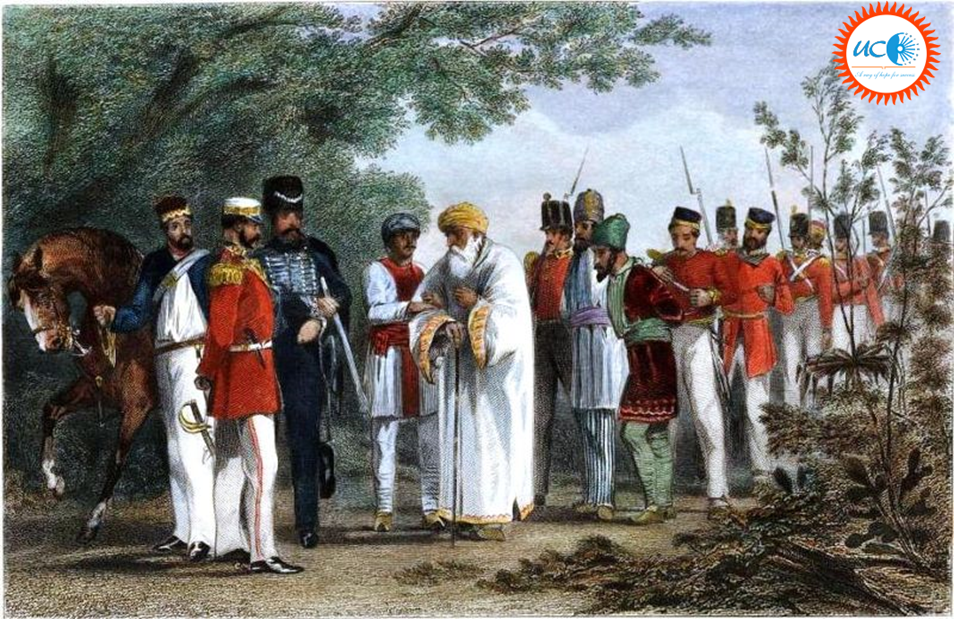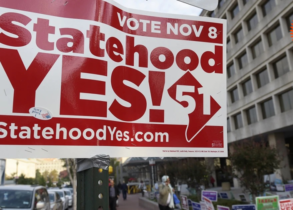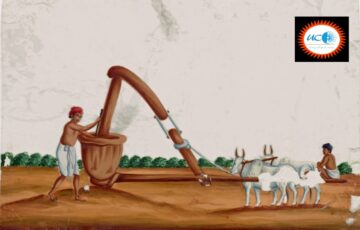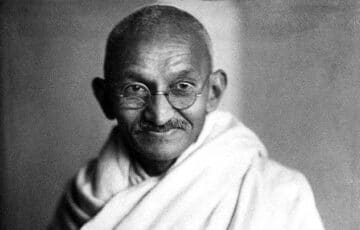The revolt of 1857 is also called the Sepoy Mutiny. Considering this statement discuss the reasons for the revolt of 1857 as well as its failure. (150 Words)
Approach
- Start your answer by giving a brief about the revolt of 1857.
- Discuss the reasons for the revolt of 1857.
- Discuss the reasons for the failure of the revolt of 1857.
- Conclude suitably.
Introduction
The revolt of 1857 was the first expression of organized resistance against the British East India Company.
It began as a revolt of the sepoys of the British East India Company’s army but eventually secured the participation of the masses.
Main Body
Causes of the Revolt
- Political Cause: The political causes of the revolt were the British policy of expansion through the Doctrine of Lapse and direct annexation. A large number of Indian rulers and chiefs were dislodged, thus arousing fear in the minds of other ruling families who apprehended a similar fate.
- Social and Religious Cause: The rapidly spreading Western Civilisation in India was alarming concerns all over the country. For example, the abolition of practices like sati and female infanticide, and the legislation legalizing widow remarriage, were believed as threats to the established social structure.
- Introducing western methods of education was directly challenging the orthodoxy for Hindus as well as Muslims.
- Even the introduction of the railways and telegraph was viewed with suspicion.
- Economic Cause: In rural areas, peasants and zamindars were infuriated by the heavy taxes on land and the stringent methods of revenue collection followed by the Company.
- Military Causes: The Revolt of 1857 began as a sepoy mutiny. Indian sepoys formed more than 87% of the British troops in India but were considered inferior to British soldiers. An Indian sepoy was paid less than a European sepoy of the same rank.
- Immediate Cause: A rumour spread that the cartridges of the new enfield rifles were greased with the fat of cows and pigs. Before loading these rifles the sepoys had to bite off the paper on the cartridges. Both Hindu and Muslim sepoys refused to use them.
Reasons for the Failure of the Revolt
- Limited uprising: Although the revolt was fairly widespread, a large part of the country remained unaffected by it. The revolt was mainly confined to the Doab region. The large princely states, Hyderabad, Mysore, Travancore, and Kashmir, as well as the smaller ones of Rajputana, did not join the rebellion.
- No effective leadership: The rebels lacked an effective leader. Although Nana Saheb, Tantia Tope and Rani Lakshmi Bai were brave leaders, they could not offer effective leadership to the movement as a whole.
- Limited resources: The rebels lacked resources in terms of men and money. The English, on the other hand, received a steady supply of men, money and arms in India.
- No participation of the middle class: The English educated middle class, the rich merchants, traders and zamindars of Bengal helped the British to suppress the revolt.
Conclusion
The revolt of 1857 was an unprecedented event in the history of British rule in India. It united, though in a limited way, many sections of Indian society for a common cause. Though the revolt failed to achieve the desired goal, it sowed the seeds of Indian nationalism.









